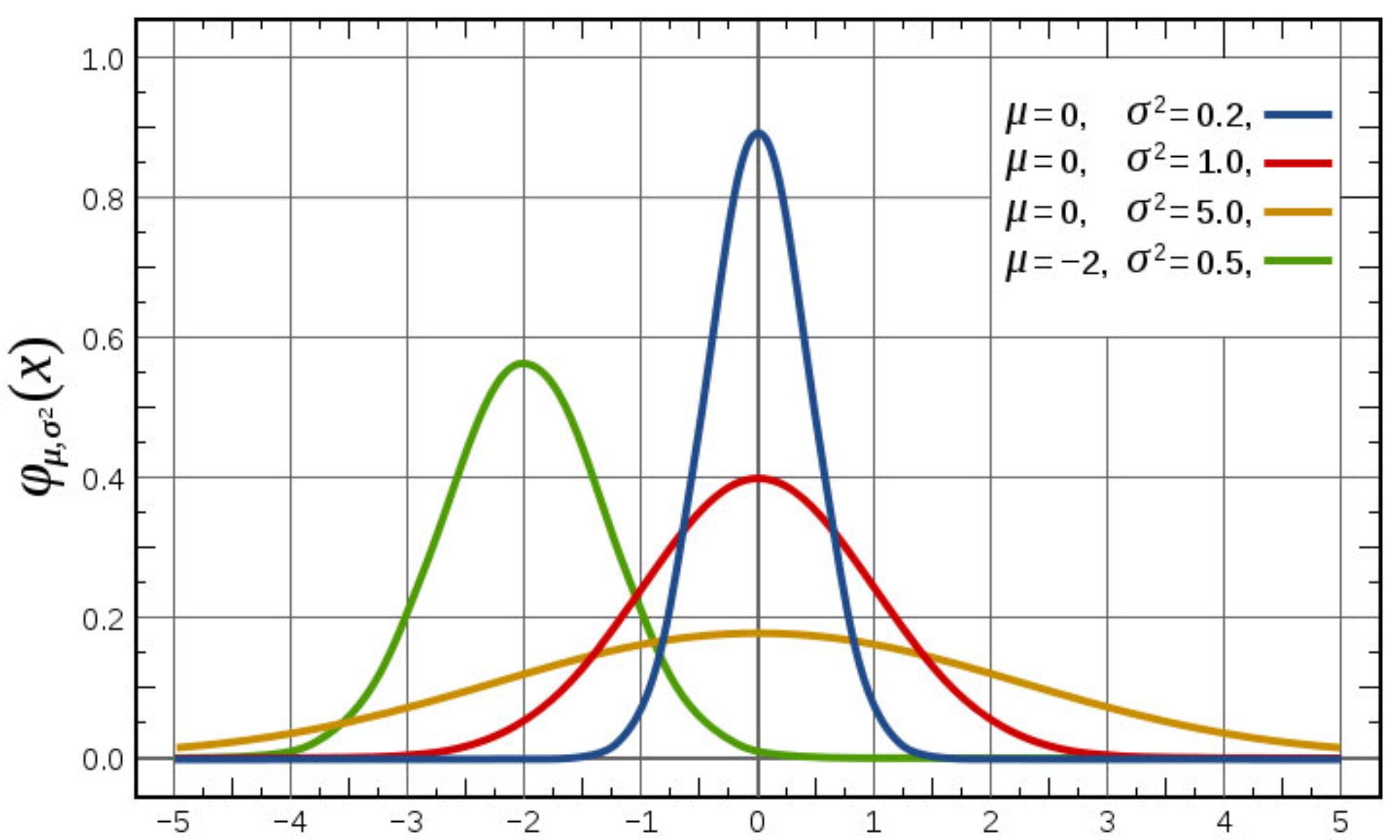The video “The Trillion Dollar Equation” explores the profound influence of the Black-Scholes/Merton equation on the theory and practice of modern finance. This equation, which originated from physics, transformed the derivatives market into a multi-trillion-dollar industry and revolutionized how risk is assessed and managed. This video, lasting just 31 minutes, offers an exceptionally clear and comprehensive explanation of options, enriched with historical background, unlike any I have encountered before.
Initially, the video narrates the historical context where Sir Isaac Newton, despite his mathematical prowess, suffered financial losses due to the unpredictable nature of the stock market. Contrasting Newton’s experience, it introduces Jim Simons, a mathematician who achieved unparalleled success in the stock market by leveraging mathematical models.
The narrative then shifts to the origins of financial models with Louis Bachelier, who proposed a mathematical solution to pricing options, laying the groundwork for modern financial theory. It explains the concept of options and their benefits. It introduces the concept of random walks in stock prices, likened to particles undergoing Brownian motion—a phenomenon first described by Albert Einstein.
The video discusses how Ed Thorp applied mathematical strategies from blackjack to the stock market, significantly impacting hedge fund strategies and introducing the concept of dynamic hedging. This laid the foundation for the groundbreaking work by Fischer Black, Myron Scholes, and Robert Merton, who developed a formula for pricing options, transforming the financial industry accurately.
The narrative highlights the rapid industry adoption of the Black-Scholes/Merton model, leading to the explosive growth of derivative markets and new financial instruments like credit default swaps and securitized debts. It illustrates how these tools can both mitigate and amplify market risks, impacting global financial stability.
There’s much to look forward to during the upcoming second half of Finance 4366!
